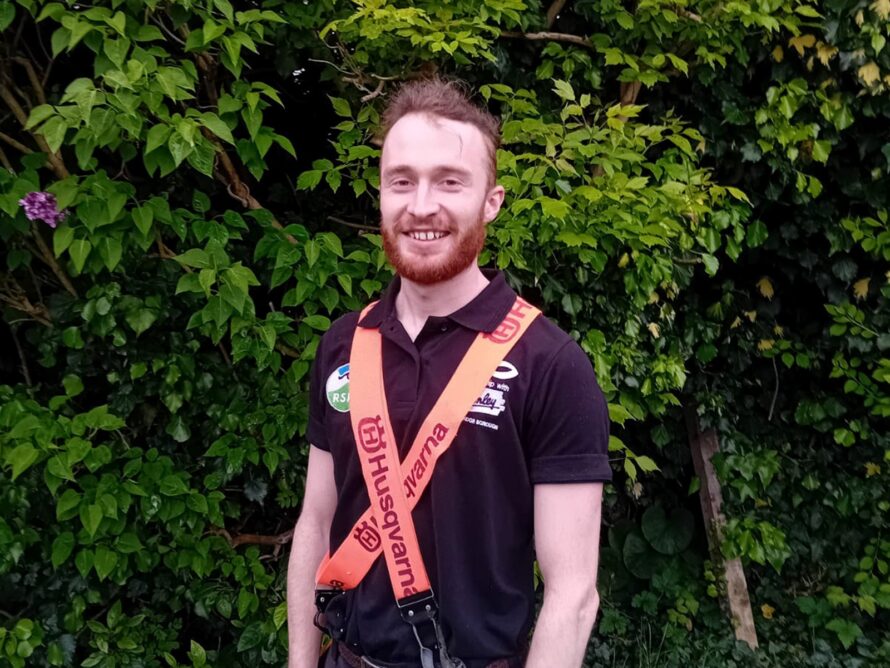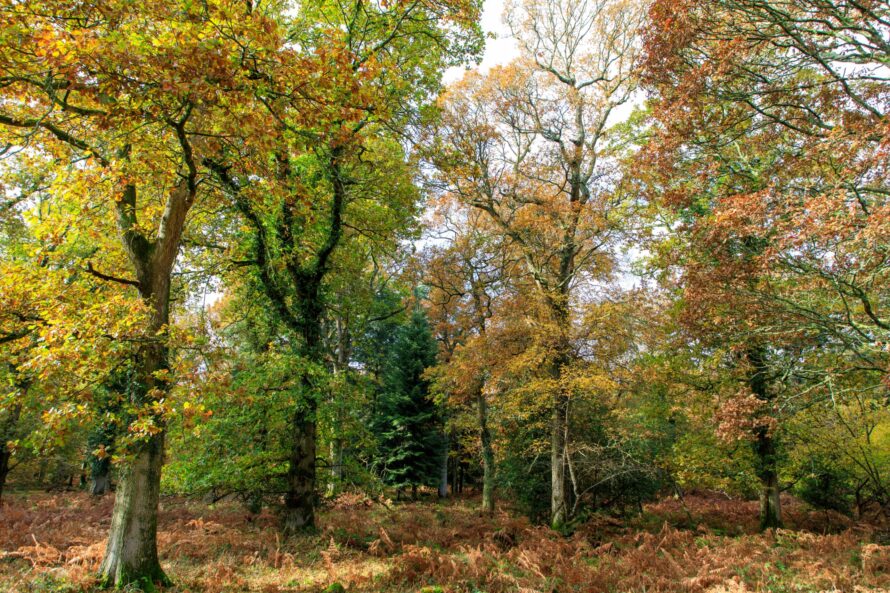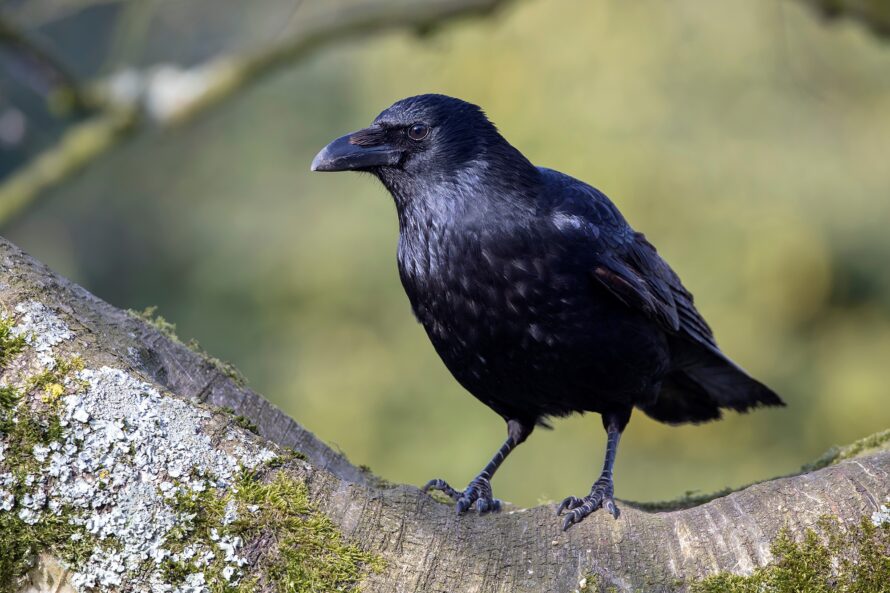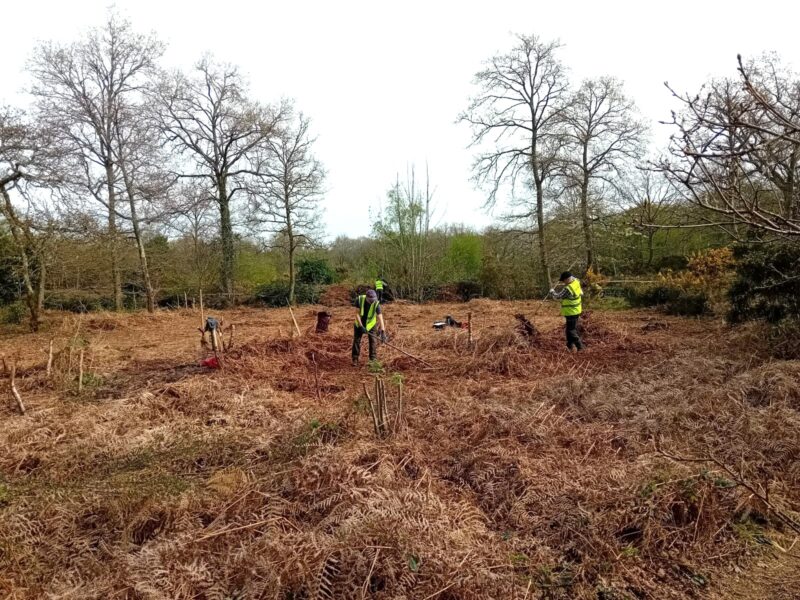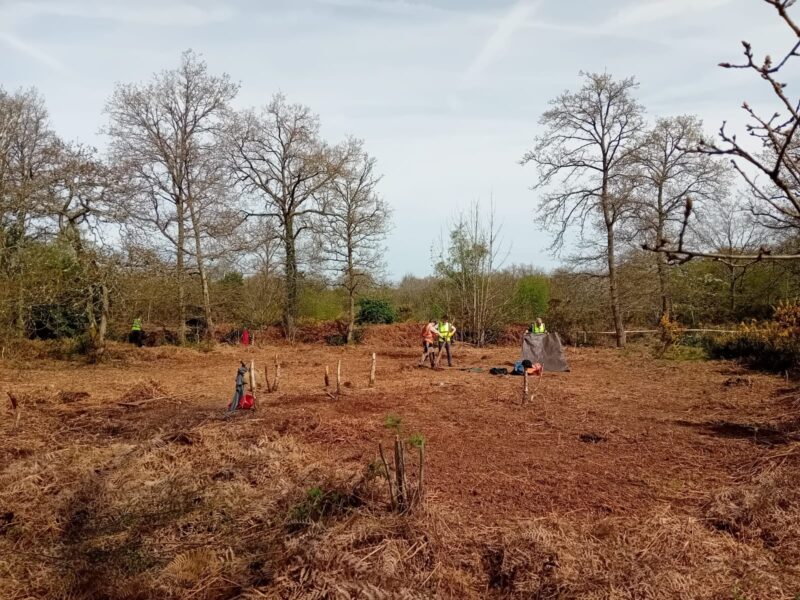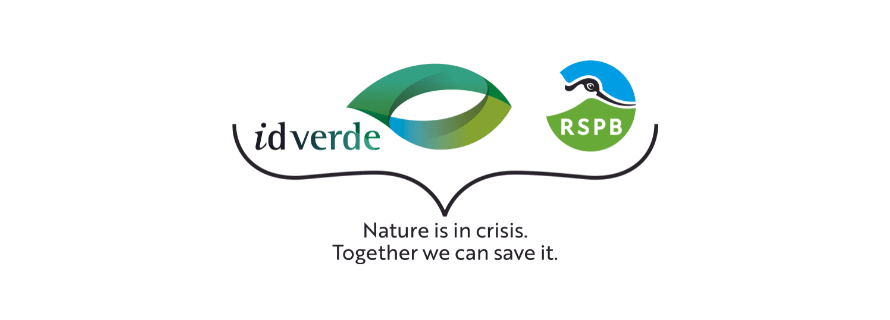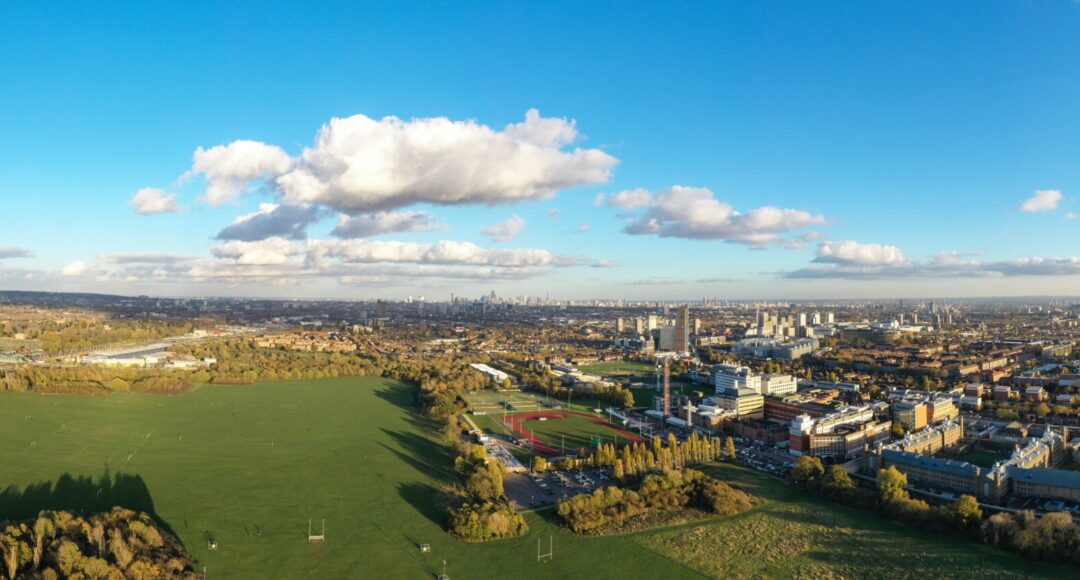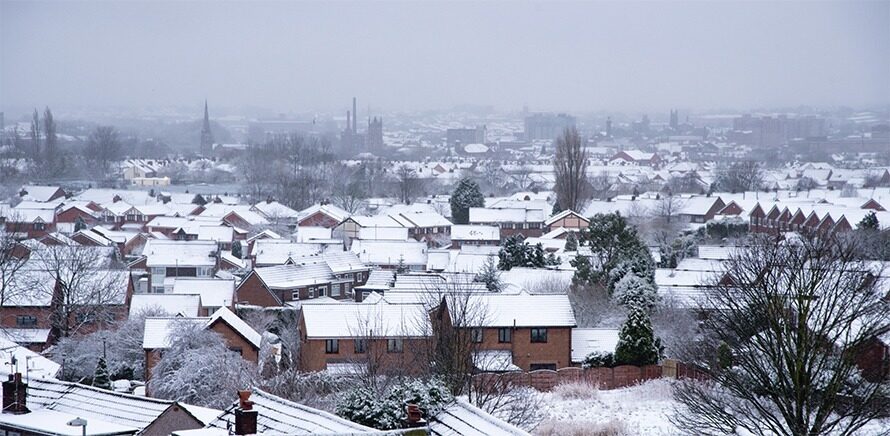Hayes Common in Bromley is one of the Greater London’s prized heathlands, of which only 80 hectares remain throughout the city. Heathland is a favoured habitat for the Viviparous Lizard (Zootoca vivipara), Least Weasel (Mustela nivalis) and Stoat (Mustela erminea) and in particular, the Nightjar (Caprimulgus europaeus), whose numbers fell by 51% between 1972 and 1992.
Bracken (Pteridium aquilinum), Bramble (Rubus fruticosus agg), and Silver Birch (Betula pendula) had been making an effort to turn this area into a woodland, but from historical survey maps we knew that this patch was once heathland too, and that the soil would continue to harbour long-dormant Heather seeds (Calluna vulgaris). Since Birch, the woodland-maker, reduces the acidity of the soil when left to its own devices, it was vital that we cut it back and dig out the stumps. Using a brush-cutter, gorse was also cleared, and the Friends raked away the brash, the Bramble and the Bracken to make a dead hedge and expose the soil. We’re hoping that, which some continued TLC, the dormant Heather seeds will germinate and this area can be reclaimed for the Nightjar.
What short term goals do you have for Bromley?
In the short term, my plan for Bromley is to wind back the thorn and scrub succession taking place on my calcareous grassland site, noted for its rare orchid species (such as the Man Orchid, Orchis anthropophora), for its butterflies and for the nationally declining Marsh Tit (Poecile palustris), as well as to restore my woodland sites by removing invasive Cherry Laurel (Prunus laurocerasus), and make these woodlands more accessible to all members of the public.
What longer term goals do you have for Bromley?
In the long term, I want Bromley to improve the resilience of its woodlands to future pests, diseases and climate change by diversifying its native tree stock, to increase the variety in woodland structure with various age classes, and maximise the habitat potential of the Borough’s threatened grasslands, hedgerows and currently highly polluted rivers. I want Bromley to be famed for its urban and peri-urban biodiversity, and to cultivate a culture of fierce stewardship for nature in the Borough among residents of all walks of life.

